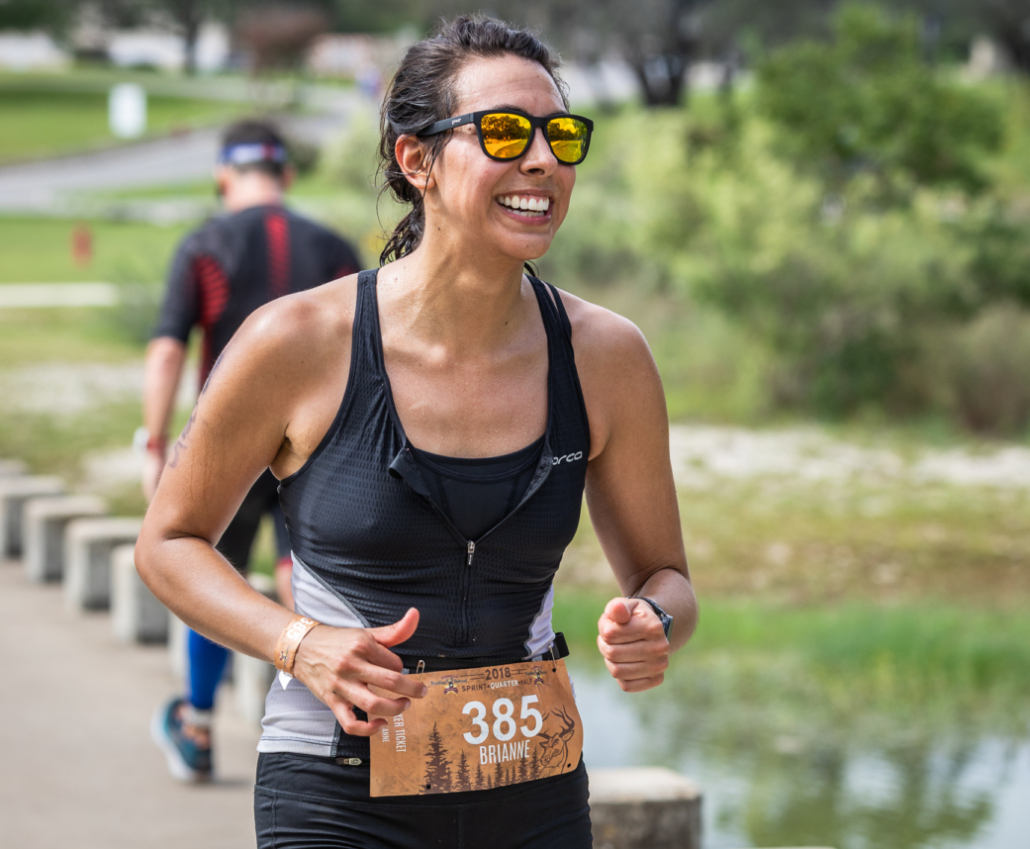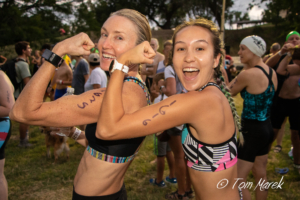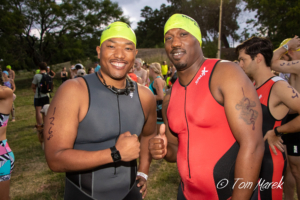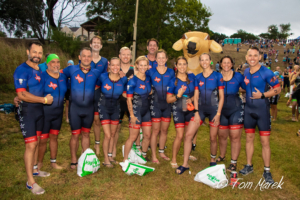Keep your training on track when you avoid these common foot problems
Triathlon is one of the most demanding sports. You push your body to the limit in training and on race day in pursuit of your goals. Regardless of the demands and whether you’re a first-timer or a veteran, you love the sport and its community to keep coming back for more. Swimming, cycling, running, and even changing in transition can put tremendous pressure on every muscle and bone in the body. One of the most impacted areas can be your feet and ankles. They’re primarily involved in everything you do. As a result, common foot problems can arise. These can range from a minor annoyance during training to an issue that sidelines you for weeks. The following 3 common foot problems often arise from excessive pressure due to rigorous training. These 4 exercises can help with balance training and strengthening your feet and ankles.
Achilles tendonitis

Avoid common foot problems and you’ll smile all the way to the finish line.
Tendons are fibrous tissues that connect muscles and bones. There are tendons all over our body and continuous wear and tear can lead to inflammation. This is also known as tendonitis. This is one of the more common foot problems since all three triathlon activities put a strain on the tendons. Running puts the most strain on your feet because of its repetitive nature. Swimming and cycling don’t create as much pressure, but your feet are instrumental for each discipline. Swimming and cycling are great ways to strengthen your feet, which is beneficial for running.
Shin splints
This is one of the more common and unwanted foot problems. It can range from muscle soreness to a stress fracture. Although there are several causes for this condition, two of the most common are old, worn-out running shoes and excessive training. Shin splints are most commonly associated with running. They can make things quite painful. If you experience shin splints, you can probably still ride your bike and swim, but you should probably skip a run or two. Reduce your chances of experiencing shin splints with this advice.
Blisters

Blisters are painful, but they shouldn’t keep you from cross the finish line.
This is arguably the most common foot problem that triathletes experience. Blisters are a result of excessive friction between the feet and your shoes. They’ll mainly appear on your toes or the bottoms of your feet. Excessive moisture is typically the culprit, whether that be from sweat or water from the swim. But excessive rubbing of skin over a long period of time can also cause blisters to form. While blisters may not derail your training, they can be an inconvenience and cause pain.
Training for a triathlon is challenging and demanding. Every swim, ride, and run is important to achieving your goals. Your training should include enough time for your body to relax and recover, especially your feet and ankles. This is key to avoiding common foot problems. When your training plan calls for a rest day take it! They’re just as vital as any brick workout or long bike ride.




